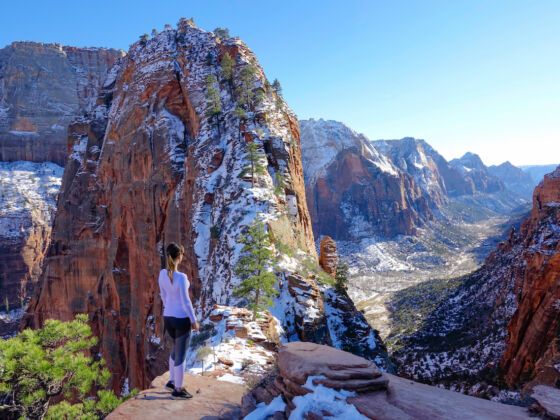Winter is upon us, and snowbirds are alighting on the American Southwest for moderate temperatures and world-class hiking. And why not? The searing heat has dissipated, the monsoons and dust storms are over, and the scorpions and rattlesnakes have retreated underground, inviting travel and exploration throughout the Sonoran, Chihuahuan, Great Basin, and Mojave deserts.
The truth is, however, desert camping and hiking are never without their dangers. Here’s a head’s up:
